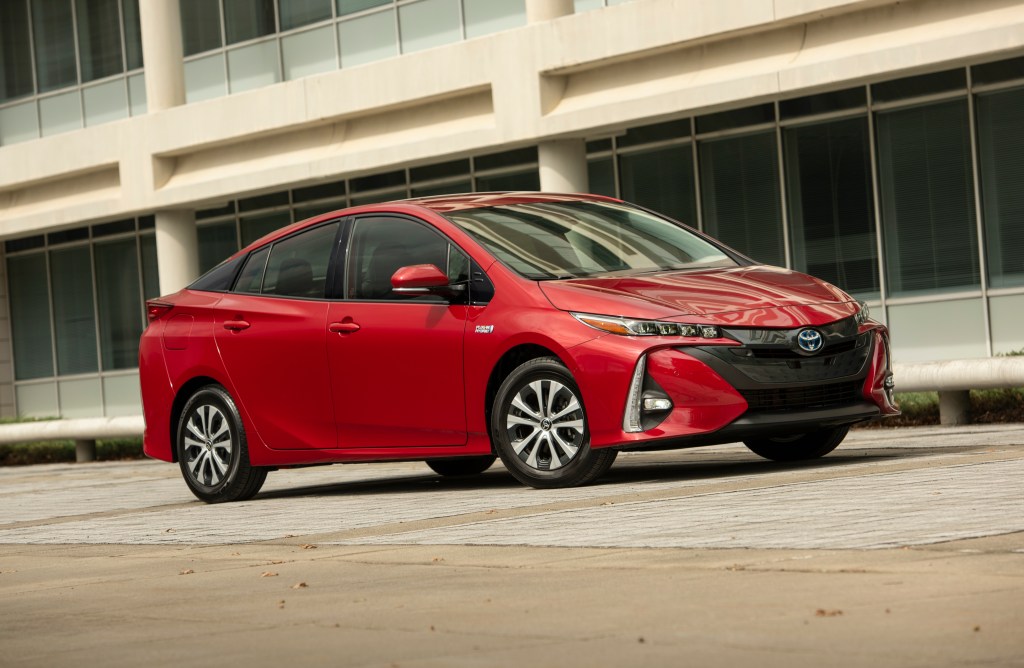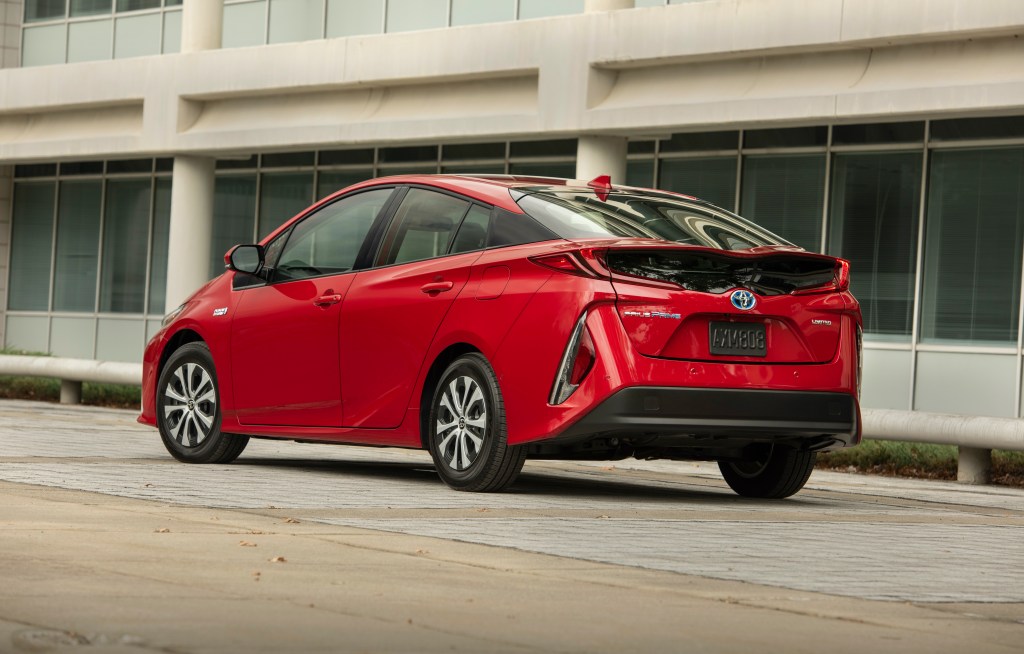
What’s the Difference Between the Toyota Prius and Prius Prime?
Since its introduction in the year 2000, the Toyota Prius was made to do one thing and one thing only: get you to your destination in the fuel-efficient manner possible. It’s not meant to be a racecar or show stopper, it’s meant to get the best gas mileage among any other car in its class. So why are there two of them? Let’s take a look at the differences between the Prius and Prius Prime.
Toyota Prius
Now in its fourth generation, the 2020 Toyota Prius stands tall as one of the most formidable competitors in the hybrid car segment. While obtaining stellar fuel economy ratings well into the 50 mpg range (54 city/50 highway) and offering three different varieties (Eco, Standard, and AWD) help the Prius attract prospective hybrid buyers, other cars in the field like the Hyundai Ionic and Honda Insight are gaining ground.
The Prius is still a great car, though. Aside from the mileage ratings, it has a lot offer including Toyota’s Safety Sense suite of driver-assist features, a spacious interior for five, and even the option for all-wheel drive. The Prius is available in four main trim levels: L ECO, LE, XLE, and Limited.
The base ECO trim offers some wind-cheating features like active grille shutters and a lighter batter to achieve a higher 58 mpg city rating, while the main differences between the other trim levels are a difference of bigger wheels, SofTex leatherette seating, heated seats, and adaptive lighting. Otherwise, the Prius does offer a lot of versatility as well, including a spacious 27 cubic-foot cargo area.

Toyota Prius Prime
The Toyota Prius Prime debuted for the 2016 model year and it replaced the Prius Plug-in model in the Prius family. Unlike the regular Prius, the Prius Prime can be plugged in and charge in order to achieve up to 25 miles of all-electric driving. After the charge is depleted, the Prius Prime is capable of an EPA-estimated 54 mpg of combined driving.
The main highlight for being able to plug in this Prius variant is that charge times are short; expect about 5.5 hours on a standard 120-volt outlet and 2 hours on a 220-volt supply. After this, you’ll be able to drive to work or run errands completely on electric power, provided that your total trip is under or around 25 miles.

Other than that, the Prius Prime offers comfortable seating for four occupants as the bigger battery does necessitate more real estate in both the rear seat and cargo area. Unlike it’s Prius stablemates, the Prius Prime only offers 20 cubic feet of cargo space, which is more than enough for daily duty but still smaller than the Prius and some competitors.
The futuristic interior on the Prius Prime does look different as well. The center stack houses a large 11.6-inch display on the top-trim XLE (7 inches on the base LE) and Toyota Safety Sense is standard as well. On the outside, the Prius Prime borrows some details from the fuel-cell Mirai and we think it looks better than the standard Prius with its more angular front and rear fascias and sleeker rear tail lights.

Which one should you buy?
Let’s face it, looks aren’t why you buy a Prius, nor is the performance. Both of these models go from 0-60 in around 9-10 seconds and they both look like nerdy spaceships. However, the Prius has a starting price of around $24,000, while the Prime starts at $27,000 and they both top out around $33,000. If we had to pick, we would say that the Prius Prime offers the better value all around with its plug-in capability, large Tesla-like touchscreen, and (if we had to admit it) better looks.



